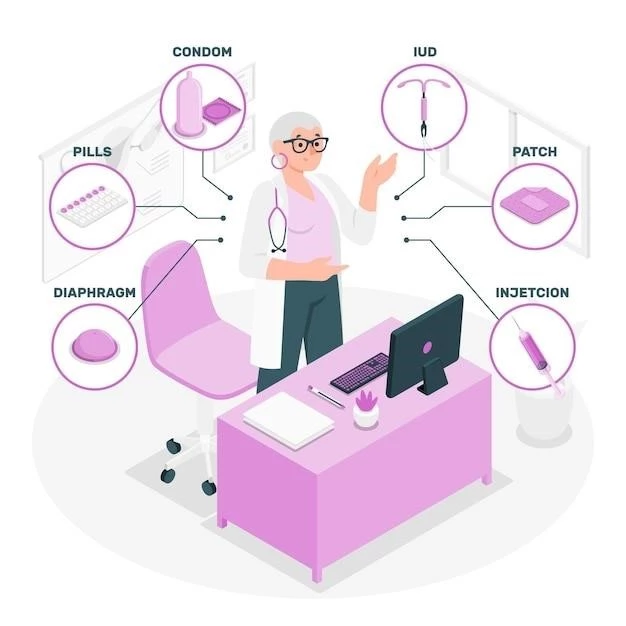Introduction to Uveitis
Uveitis is inflammation of the uvea, the pigmented layer of the eye between the retina and the outer fibrous layer․ It can lead to severe complications if not promptly treated․
Definition and Anatomy
Uveitis involves inflammation of the uvea, which includes the iris, ciliary body, and choroid․ The condition can impact different parts of the eye depending on the specific type of uveitis, with potential devastating consequences if left untreated․
Anterior uveitis, also known as iritis, affects the front of the eye involving the iris․ Intermediate uveitis targets the middle section of the eye, affecting the vitreous body․ Meanwhile, posterior uveitis involves inflammation in the back region, including the retina․ Understanding the anatomy of the uvea is crucial in diagnosing and managing this eye condition․

Types of Uveitis
Three primary types of uveitis include Anterior, Intermediate, and Posterior Uveitis․ Each type targets specific regions of the eye and requires prompt diagnosis and treatment to prevent complications․
Anterior Uveitis
Anterior uveitis, also known as iritis, primarily affects the front part of the eye, including the iris․ Symptoms may manifest as eye pain and redness․ Prompt diagnosis and treatment are crucial to prevent potential complications and preserve vision․
Intermediate Uveitis
Intermediate uveitis affects the middle portion of the eye, particularly the vitreous body․ Symptoms may include vision disturbances and floaters․ Timely diagnosis and treatment are essential to prevent complications and preserve visual health․
Posterior Uveitis
Posterior uveitis affects the back portion of the eye, including the retina․ It can lead to severe vision problems if not addressed promptly․ Symptoms often include blurred vision and floaters․ Timely diagnosis and treatment are crucial to prevent permanent eye damage and maintain visual health․
Symptoms and Diagnosis
Recognizing uveitis early is crucial due to symptoms like eye pain, redness, and vision changes․ A detailed diagnostic process involving eye examinations and tests helps identify the type and severity of the condition for appropriate treatment․
Recognizing Uveitis Symptoms
Early detection of uveitis symptoms such as eye pain, redness, and vision changes is crucial․ A comprehensive eye examination and specific tests aid in identifying the exact type of uveitis for appropriate treatment․
Diagnostic Procedures for Uveitis
Diagnosing uveitis involves a series of eye examinations and tests to determine the specific type and severity of the condition․ These procedures aid in developing an appropriate treatment plan to address the inflammation and prevent potential complications․
Causes of Uveitis
Uveitis can be caused by a variety of factors, including infections, inflammatory diseases, trauma, and idiopathic cases․ Understanding these causes is essential in diagnosing and treating this inflammatory eye condition․
Infections and inflammatory diseases are significant contributors to the development of uveitis․ These conditions can trigger inflammation within the eye, leading to symptoms such as pain, redness, and vision disturbances․ Identifying the underlying cause of uveitis related to infections or inflammatory processes is crucial for effective management and targeted treatment strategies․
Trauma and Idiopathic Cases
Uveitis can also be triggered by trauma to the eye, leading to inflammation in the uvea․ Additionally, there are cases where the cause of uveitis remains unknown, referred to as idiopathic uveitis․ Understanding these factors is essential in determining the appropriate treatment and management strategies for individuals affected by this condition․

Treatment and Management
Uveitis treatment often involves the use of steroid medicine to reduce inflammation․ Managing the condition effectively is crucial to prevent permanent damage and minimize the risk of blindness in patients with uveitis․
Infections and Inflammatory Diseases
Infections and inflammatory diseases play a significant role in uveitis development, often leading to inflammation within the eye․ Understanding the relationship between infections, inflammatory conditions, and uveitis is crucial in diagnosing and treating the underlying causes of this eye inflammatory disorder․
Preventing Permanent Damage and Blindness
Timely intervention and treatment for uveitis are crucial to prevent permanent damage and potential blindness․ Promptly addressing symptoms and seeking professional medical care can help manage the condition effectively, reducing the risk of long-term vision complications․
Complications and Prognosis
Potential eye tissue damage from uveitis can impact vision and long-term outcomes․ Early detection and proper management are key to minimizing complications and improving the prognosis for individuals with uveitis․
Potential Eye Tissue Damage
Uveitis, if left untreated, can lead to severe eye tissue damage, impacting vision and potentially causing permanent vision loss․ Timely diagnosis and appropriate management strategies are essential to prevent long-term complications and preserve visual function․
Impact on Vision and Long-Term Outcomes
Uveitis can have a significant impact on vision and long-term outcomes if not managed effectively․ The inflammation associated with uveitis can lead to vision changes and, if left untreated, may result in permanent vision impairment․ Timely intervention and appropriate treatment are vital in improving the prognosis and preserving visual health for individuals affected by uveitis․
